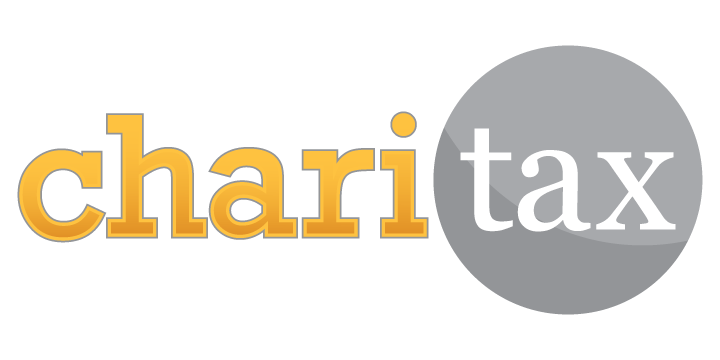How do I make a payment from my IRS.gov account?
Note: If you want to make a payment WITHOUT logging into IRS.gov, you’ll want to use IRS Direct Pay.
You can find information on how to do that HERE!
Once you’re logged into your IRS.gov account, click Payments > Payment Options. From there, you can select your payment method and payment type (balance due, estimated payment, extension payment, etc).
If married and making a payment for a balance due, be sure to use the primary taxpayer’s SSN/account (whoever is listed first on your tax return). For anything other than a balance due payment, use the SSN of the person the payment applies to.
Because IRS jargon can be tricky, here are some notes on a few of the payment types:
Balance Due refers to the results of your tax preparation. Did you owe money (versus getting a refund) after accounting for your income and tax withholdings, credits, and direct payments throughout the year? This could be for last year or prior years, if you still owe the IRS on a prior year’s tax bill.
Estimated Tax refers to payments you are making throughout the year. Usually, this is for business owners or those who have income without tax withholdings. If you have W2 income only, you’re likely not going to use this payment type. Sometimes people refer to this payment type as “paying your quarterly taxes.” Use the SSN of the person the payment applies to.
Extension refers to a payment you make when requesting an extension of time to file your taxes. Tax filings are due on April 15th but you can request six months of additional time to file (but not to pay). Making an extension payment can help cover a potential tax bill and prevent any interest/fees for not paying by the April 15th deadline.


